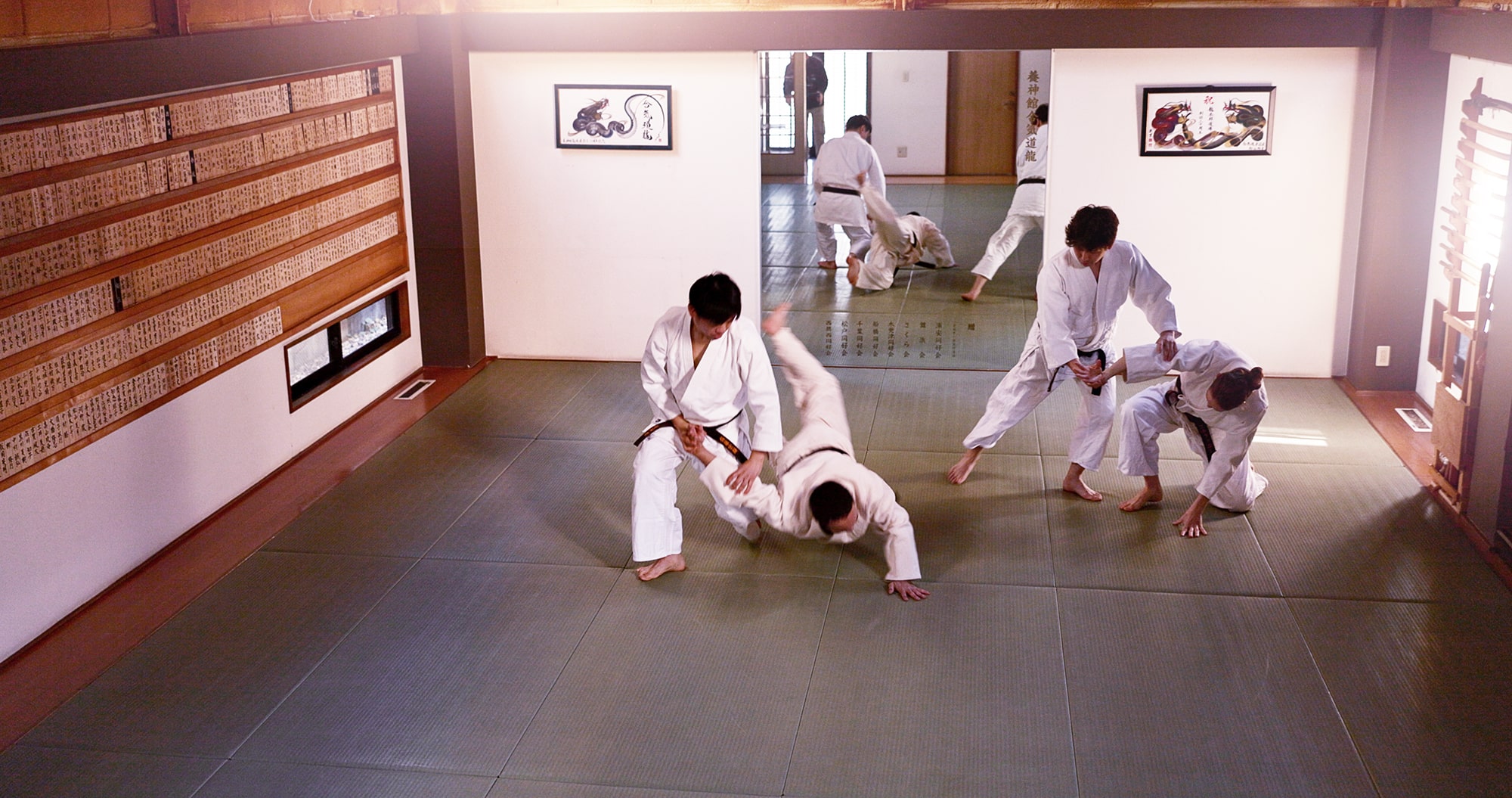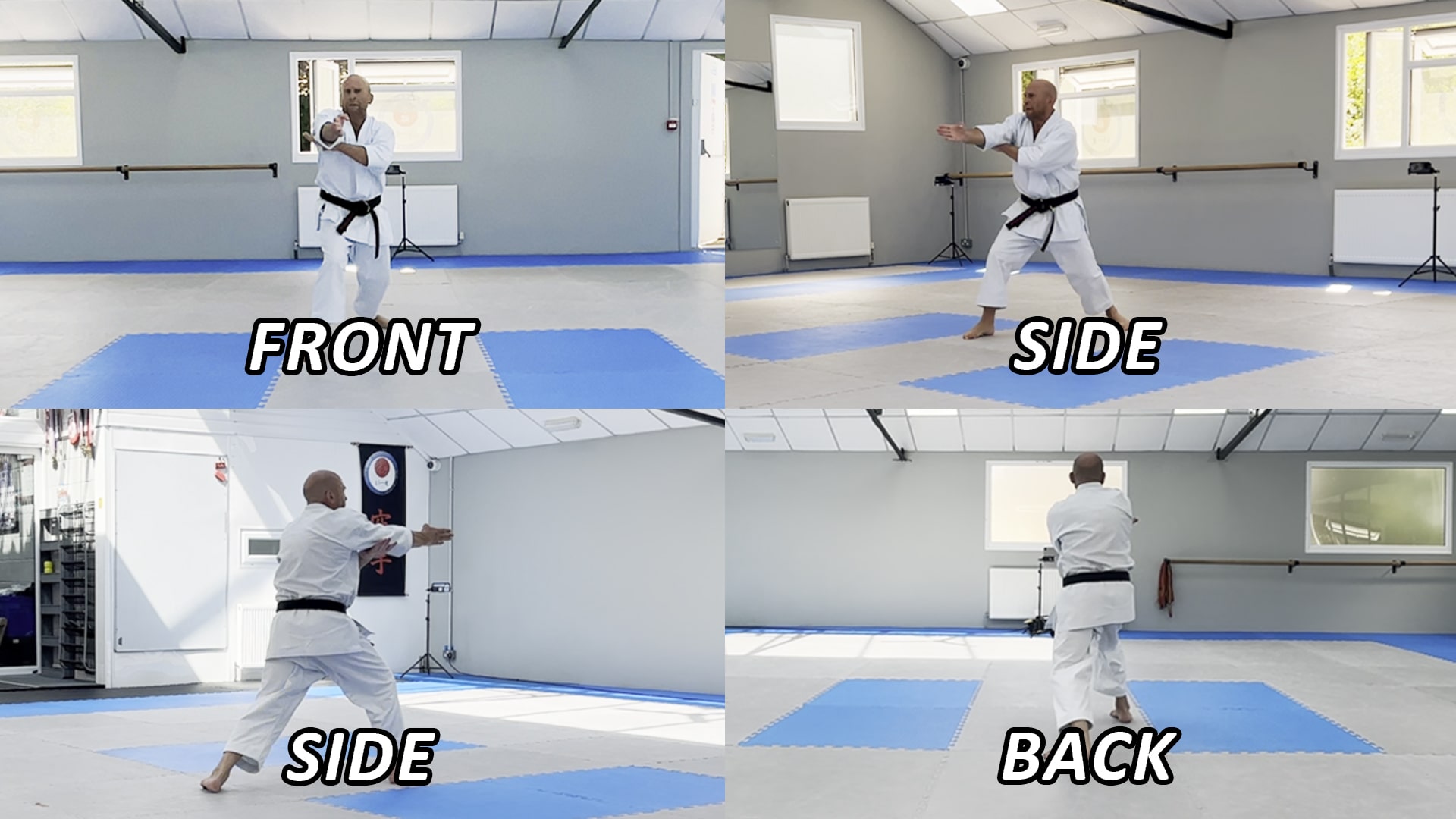Video is the most powerful way to showcase your coaching, your culture, and your student results. Prospective members don’t just want a timetable — they want to imagine themselves training with you. Below are five proven ways to use video to attract more students to your dojo (with tips for taking it to the next level using multi-angle coaching).

1) Create a 60–90 second “Why Train Here?” intro
Think of this as your elevator pitch in video form. Show the facility, highlight your coaching philosophy, and include quick clips of different classes across ages/levels. Keep it authentic — real training, real people, real smiles. Place this video above the fold on your homepage and share it across your social channels.
Pro tip: Film short cutaways from multiple angles (front, side, back) so you can edit dynamic transitions. If you want the next level, publish a multi-angle version students can interact with — it communicates quality and transparency instantly. See how it feels in our live demo.
2) Showcase technique breakdowns that prospective students can follow
Nothing builds trust like letting people “sample” the way you teach. Record concise drills (30–120 seconds), focusing on beginner-friendly fundamentals: stance, guard, footwork, a simple combo. Keep one technique per video.
- Use clear, consistent naming (e.g., “Front Kick — Beginner Cues”).
- Include on-screen prompts: stance, hip drive, guard return.
- Offer a downloadable checklist for extra value.
Pro tip: Multi-angle playback lets viewers switch perspectives without losing sync, removing “hidden-side” confusion. It feels like standing next to the coach on the mat. Grab our free filming guide to set this up in minutes: Get the guide.
3) Publish real student success stories (video testimonials)
Ask students (or parents) to share a short story: why they started, what changed, and what they love about your dojo. Keep it conversational and light. Mix B-roll of them training with face-to-camera remarks.
Pro tip: A quick clip from another angle (e.g., side view of padwork) adds production value and showcases real mechanics. Feature one or two on your homepage, and keep a library on a dedicated “Success Stories” page.

4) Embed training previews on your classes page
Your classes page is where intent is high — someone’s already curious. Embed short previews showing exactly what happens in each class: warm-ups, pads, partner drills. Label each video clearly (“Beginner Kickboxing — 60 mins”).
Pro tip: For technique-heavy classes, a multi-angle preview is a game-changer. Visitors can toggle views to understand stance and timing. This improves conversions from website visitor to trial lesson. You can embed our player directly on your site — see plans on the pricing page.
5) Use short “FAQ videos” to remove friction
Reduce no-shows and pre-class anxiety with quick answers to common questions: “What should I wear?”, “Do I need experience?”, “How do kids’ classes work?”. A friendly 20–40 second answer per question removes friction and makes booking feel easy.
Pro tip: A secondary angle shot (e.g., coach speaking from the mat and a quick cut to the equipment rack) keeps energy high and gives viewers a real sense of your environment.
Putting it together (and tracking results)
Start small: record one intro, one technique breakdown, and one testimonial. Publish and embed them on your site, then monitor engagement (views, time on page, trial sign-ups). As you grow your library, multi-angle videos will elevate your coaching online and help prospects grasp technique faster — even before they walk through the door.

Want a plug-and-play way to publish multi-angle training? Try the demo, get the free filming guide, and compare plans on our pricing page. When you’re ready, you can publish and embed in minutes.